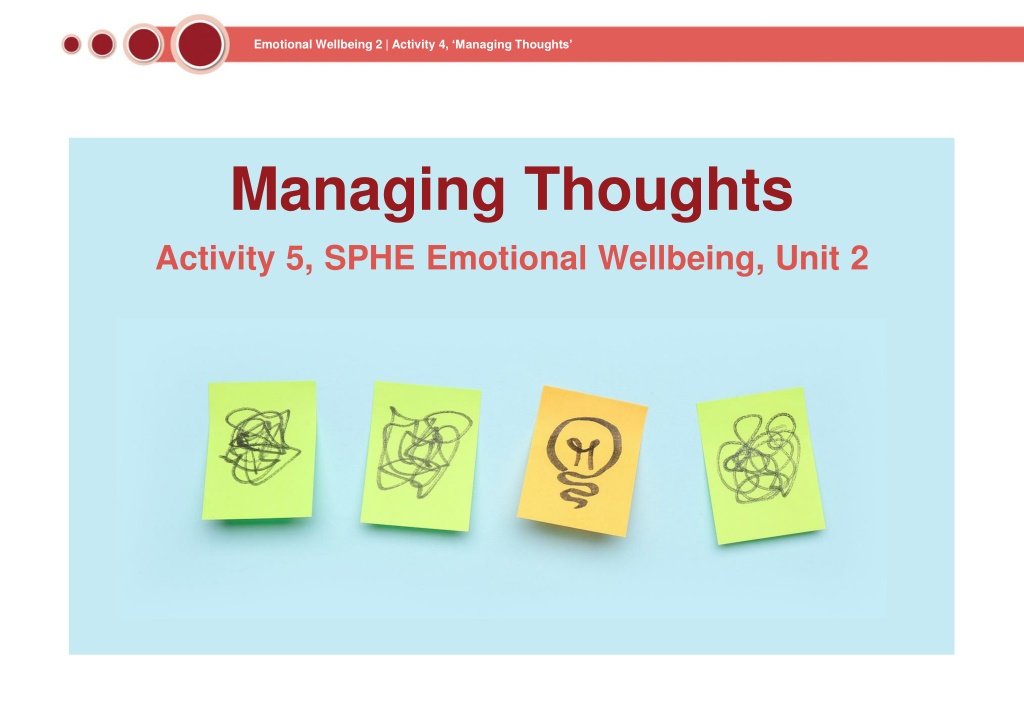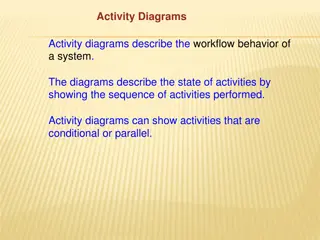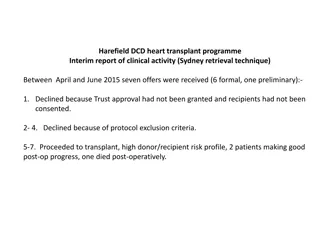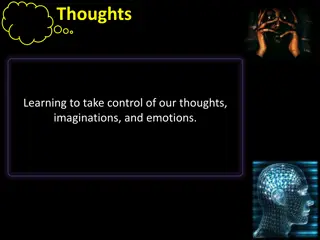
Managing Thoughts for Emotional Wellbeing Activities
Explore a series of activities focused on managing thoughts for emotional wellbeing. Includes exercises like the 5-4-3-2-1 focusing exercise, cognitive triangle analysis, reframing thoughts, and using thought challengers to break negative thinking patterns. Enhance your emotional resilience and self-awareness through these practical techniques.
Download Presentation

Please find below an Image/Link to download the presentation.
The content on the website is provided AS IS for your information and personal use only. It may not be sold, licensed, or shared on other websites without obtaining consent from the author. If you encounter any issues during the download, it is possible that the publisher has removed the file from their server.
You are allowed to download the files provided on this website for personal or commercial use, subject to the condition that they are used lawfully. All files are the property of their respective owners.
The content on the website is provided AS IS for your information and personal use only. It may not be sold, licensed, or shared on other websites without obtaining consent from the author.
E N D
Presentation Transcript
Emotional Wellbeing 2 | Activity 4, ManagingThoughts Managing Thoughts Activity 5, SPHE Emotional Wellbeing, Unit 2
Emotional Wellbeing 2 | Activity 4, ManagingThoughts Step 1: Focusing exercise The Partnership in Education, 5-4-3-2-1 Focusing Exercise.
Emotional Wellbeing 2 | Activity 4, ManagingThoughts If there is anything stuck on your mind, you can use this space to let it go Or, simply take a moment to reflect if you wish
Emotional Wellbeing 2 | Activity 4, ManagingThoughts Step 1: The Cognitive Triangle 1 The event/situation what happened? My team wins a big rugby final and I score the winning try 2 What did you do? Jumped in the air / Screamed Hugged my teammates / Cried 3 4 What were you feeling? Happy / Proud / Excited / Confident / Elated What were you thinking? I can't believe I just did that I'm a legend / This is amazing
Emotional Wellbeing 2 | Activity 4, ManagingThoughts Step 3: Reframing Thoughts Catch It Check It Change It
Emotional Wellbeing 2 | Activity 4, ManagingThoughts Catch it first we need to recognise that we are in a thinking trap. Using your emotions and behaviours as cues - stop when you might be having negative thoughts. Ask yourself, What am I thinking?
Emotional Wellbeing 2 | Activity 4, ManagingThoughts Check it this involves using thought challengers that examine the thought. Remember it can be hard to take a step back so sometimes talking it through with someone can help.
Emotional Wellbeing 2 | Activity 4, ManagingThoughts Useful Thought Challengers are: Am I assuming the worst? Is there evidence that this thought is true? Is the situation in or out of my control? What would I say to my best friend if they had this thought? Is this thought helpful?
Emotional Wellbeing 2 | Activity 4, ManagingThoughts Change it reframe the thought so it is more balanced. Remember this takes practice.
Emotional Wellbeing 2 | Activity 4, ManagingThoughts Example of Reframing Situation: You fail a test. Negative Thought: I m a failure. I ll never be good at this. Question the Thought: Is it true that you re a failure just because you failed one test? Did you study enough? Can you improve next time? Reframed Thought: Ididn t do well this time, but I can study harder and do better on the next test.
Emotional Wellbeing 2 | Activity 4, ManagingThoughts Step 4: Having a Mantra I am good enough I am strong I am powerful I am lovable I deserve good things I believe in myself and my abilities






















